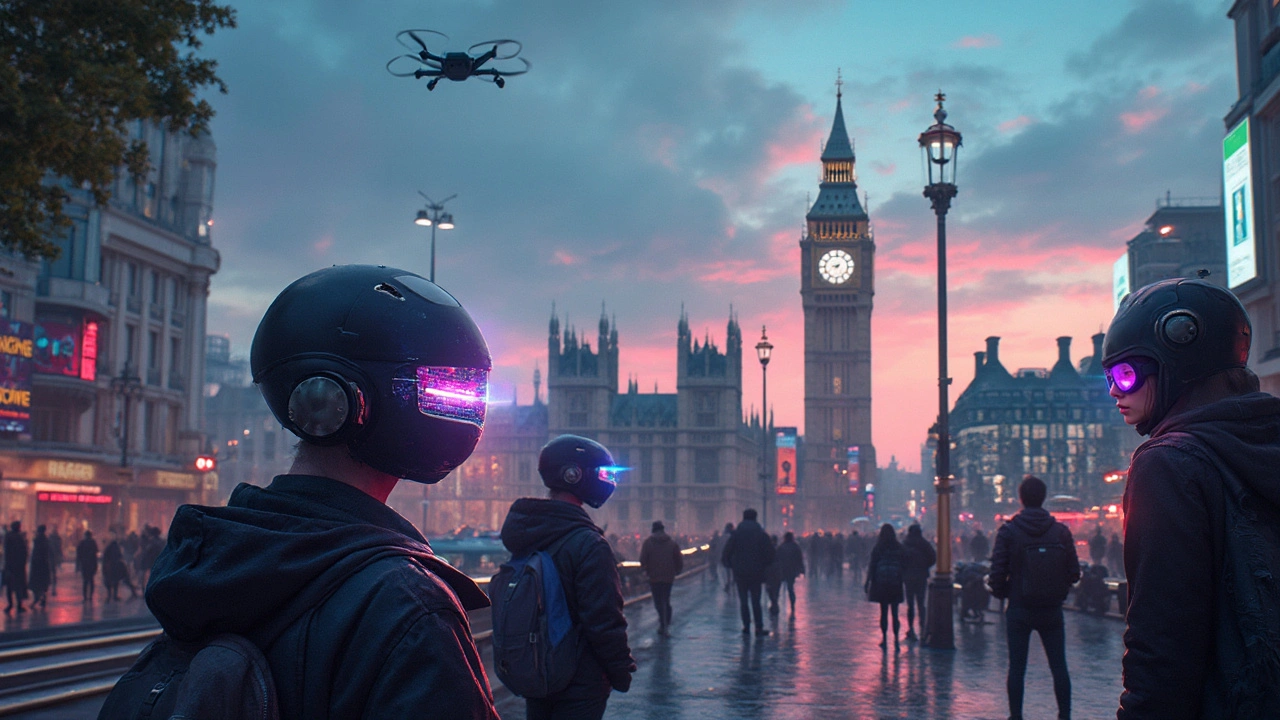London COVID-19: What’s Happening Right Now
If you live in or visit London, the biggest question on most people’s minds is whether COVID is still a threat. The short answer: yes, but the risk level changes every week. New variants pop up, testing sites open or close, and guidance tweaks. Here’s a quick rundown so you can decide if you need a mask, a test, or just a little extra caution.
Latest Variant Spotting in the Capital
In July 2025 the UK health agencies flagged a fresh sub‑variant of Omicron spreading through London boroughs. It shows up with a sore throat, mild fever and that familiar loss of taste, but it seems to cause fewer hospital stays than earlier waves. Health officials say it’s still early, so they’re urging anyone with symptoms to book a PCR test at a nearby centre. The good news? The vaccine booster still works well against it, cutting severe illness by about 80%.
COVID vs. The Common Cold – How to Tell Them Apart
Feeling run‑down? A runny nose alone usually means a cold, but if you get a sudden loss of smell, a dry cough that won’t quit, or a fever over 38°C, think COVID. The difference matters because a quick test can stop you from passing the virus to friends, coworkers, or vulnerable family members. If you’re unsure, grab a rapid antigen kit – they’re free at most pharmacies and give a result in 15 minutes.
Testing in London is straightforward. Walk‑in sites still operate in central locations like Waterloo and Stratford, and you can also order a home‑test kit online and have it delivered to your door. Results are posted to a secure portal that you can share with your employer if needed. Remember, a negative rapid test isn’t a guarantee; if symptoms linger, follow up with a PCR.
Vaccination remains the strongest defence. As of this summer, over 85% of London adults have received two doses, and 70% have had a booster. If you haven’t booked your booster yet, nearby clinics offer appointments without an online queue – just show up with your NHS number.
What about masks? The city lifted the mandatory mask rule in public transport, but many Londoners still wear them on the Tube during rush hour. If you work in a crowded office or care for someone at risk, a surgical mask adds a cheap layer of protection.
Traveling in and out of London? The UK government requires a negative test if you’re coming from high‑risk countries, and some airlines ask for proof of vaccination. Keep your digital COVID passport handy; it saves you time at the airport.
For everyday life, stay hydrated, get enough sleep, and keep a small stash of quick‑test kits in your bag. If you feel off, test early – the sooner you know, the easier it is to protect others.
Need more local details? The London Health Board updates a live dashboard with case numbers by borough, hospital occupancy, and testing centre hours. Bookmark it and check it once a week; the data helps you decide whether to keep a mask in your pocket or leave it at home.
Bottom line: COVID isn’t over in London, but with vaccines, testing, and a bit of common sense you can go about your day without panic. Keep an eye on the latest variant news, test if symptoms show, and you’ll stay safe while enjoying the city’s buzz.

9 Alternatives to Understanding London's Current COVID-19 Situation in 2025
Explore different ways to understand the current COVID-19 measures in London for 2025, focusing on travel restrictions, safety guidelines, and public health initiatives. This article offers practical insights and helps readers stay informed about the latest developments. With rapidly changing global scenarios, being well-informed is paramount.
READ MORE